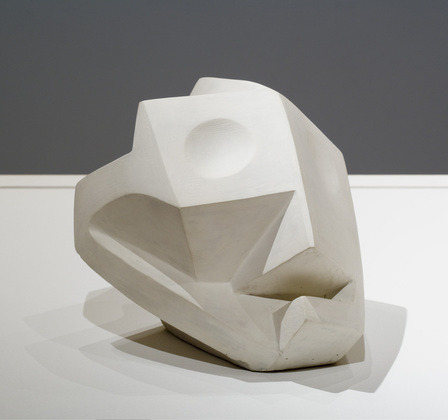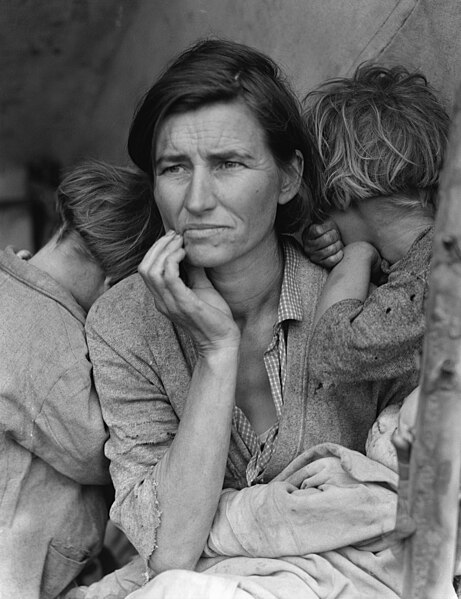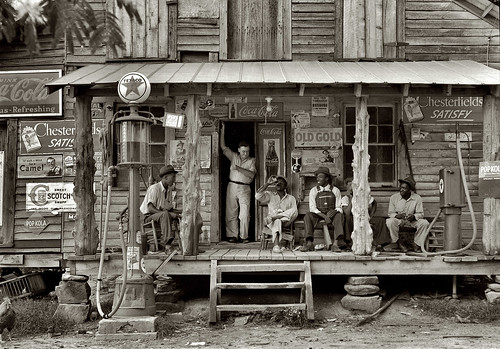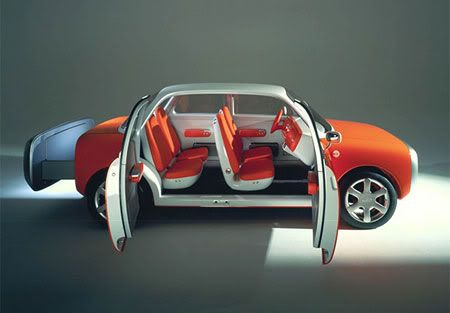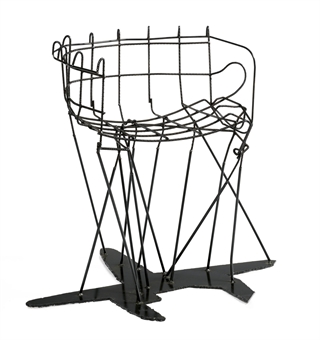The Chancellor’s house at NC State is coming along nicely, and we’re starting to think about the decorative touches that will make this house feel like a home. In such a large house, with both public and private areas, we had to get creative about where to find the right pieces.

We’ve mined the University Archives, Gregg Musuem, and the work of local artists to find the perfect collection worthy of such a grand building. Below are some pieces that have inspired us….
Mining the Musuem
One of the best sources of art for the Chancellor’s house is the Gregg Museum at NC State. We will adorn the walls with several loans from their permanent collection.

Some of my favorite pieces are the photographs of esteemed North Carolina Photographer Elizabeth Matheson (above). Her work is currently in a show at the North Carolina Museum of Art, and we hope to place similar work on the main floor of the Chancellor’s House.

Another great artist in the Gregg Collection is George Bireline, whose abstract expressionist painting (above) will look amazing in the Chancellor’s study.
Mining the Archives
Another great source of art will be reproductions made from the University Archives. This vast collection includes all sorts of wonderful images.

An illustrated Entomology book by E.A. Seguy (above) is one of our favorite finds. These large prints of insects and butterflies are striking.

We also discovered the archive’s collection of printed sports memorabilia. We’d love to incorporate some of this fun and colorful artwork.

The university also has an impressive collection of glass slides from botanist B.W. Wells. He used these hand-colored slides to instruct his students on the biodiversity of natural ecosystems. These slides can add a touch of beauty to the house, while also bringing to mind NC State’s role in the sciences.
Finding Local Talent
One of our main goals was to incorporate the work of local artists. Below are two examples of the artists who have inspired us, and who we hope to work with.

Ashlynn Browning (above) is a talented painter based in Raleigh. Her bold, colorful paintings are masterfully produced, and can add a punch of color to any wall.

Steve Staresina (above) is a local artist who creates large-scale frescoes. He is creating a large-scale work commissioned specifically for the Chancellor’s Parlour.
Decorative Touches
To round out the collection, we’re looking to additional sources to add diversity to the collection.

We love the (above) wall piece from Ironies. Cast resin painted with a metallic pigment make this wall-sculpture look like formed metal.

Another great source for decorative pieces is Natural Curiosities. They offer many interesting works in a variety of formats, and can add a sophisticated touch to any home. The abstract paper collection (above) is one of our favorites.

The Jean Baptiste Collection (also from Natural Curiosities) is another collection we’d like to use in the home (above). The same set of prints was featured in this month’s issue of House Beautiful magazine (below).

We look forward to updating you as the art collection continues to come together.
-Robert
image 1: http://web.ncsu.edu/this-red-house/
image 2, 3: http://www.ncsu.edu/gregg/collections.html
image 4, 5, 6: North Carolina State University Archives
image 7: http://www.ashlynnbrowning.com/
image 8: http://www.staresina.com/
image 9: http://www.ironies.com/index.php
image 10, 11, 12: http://naturalcuriosities.com/

